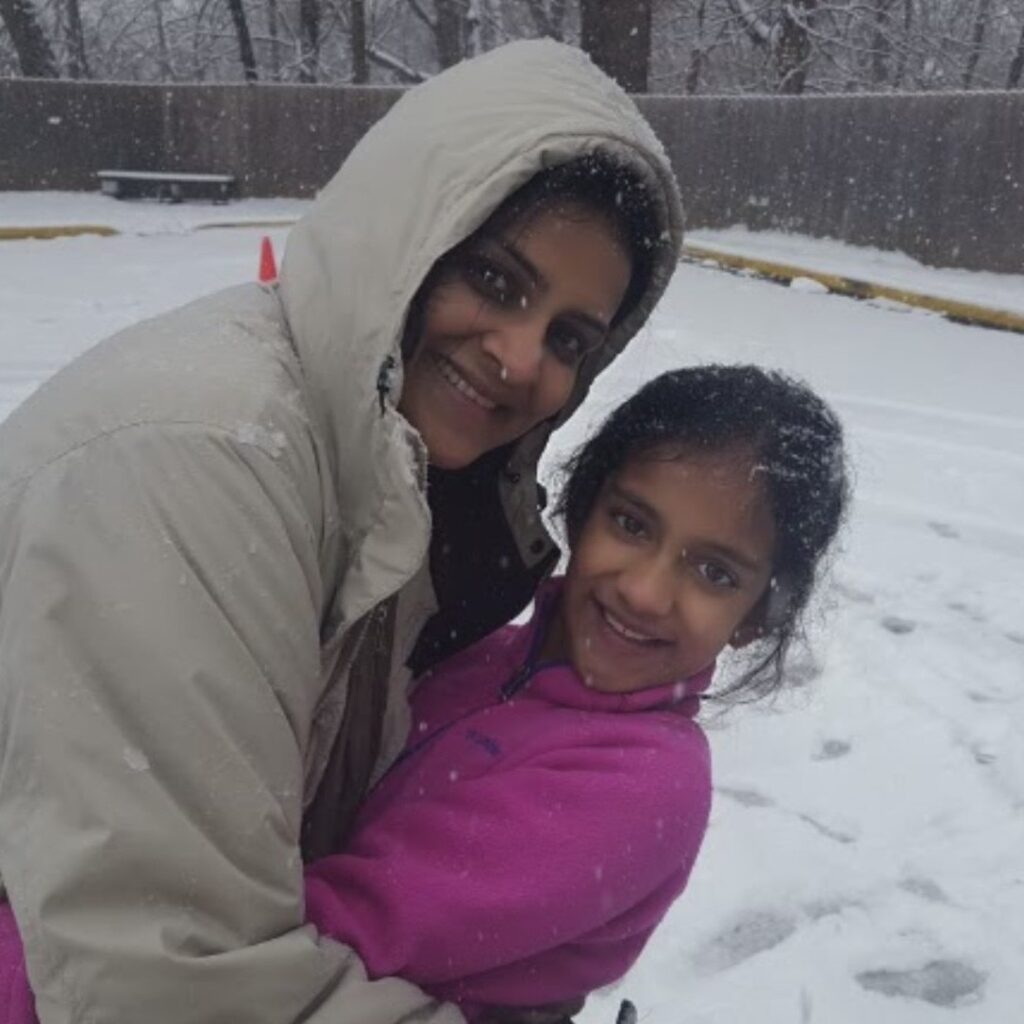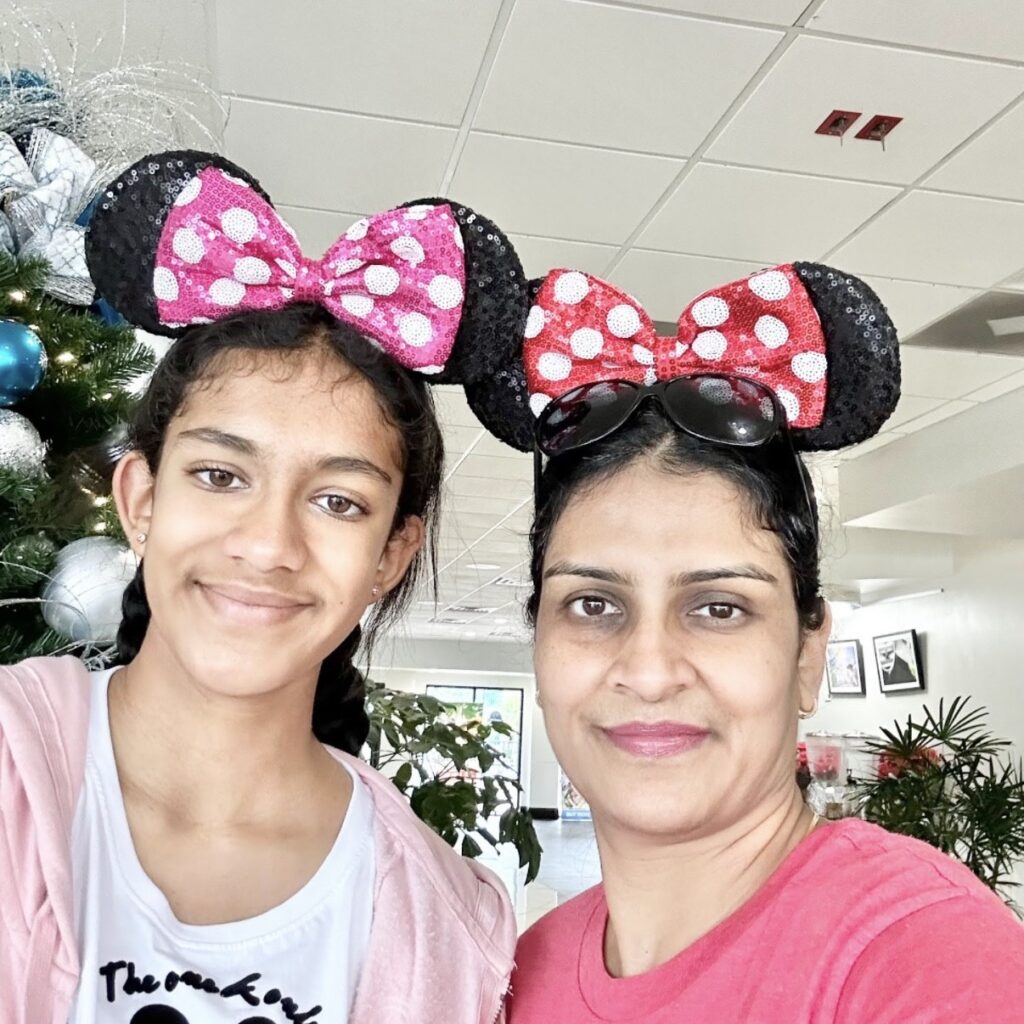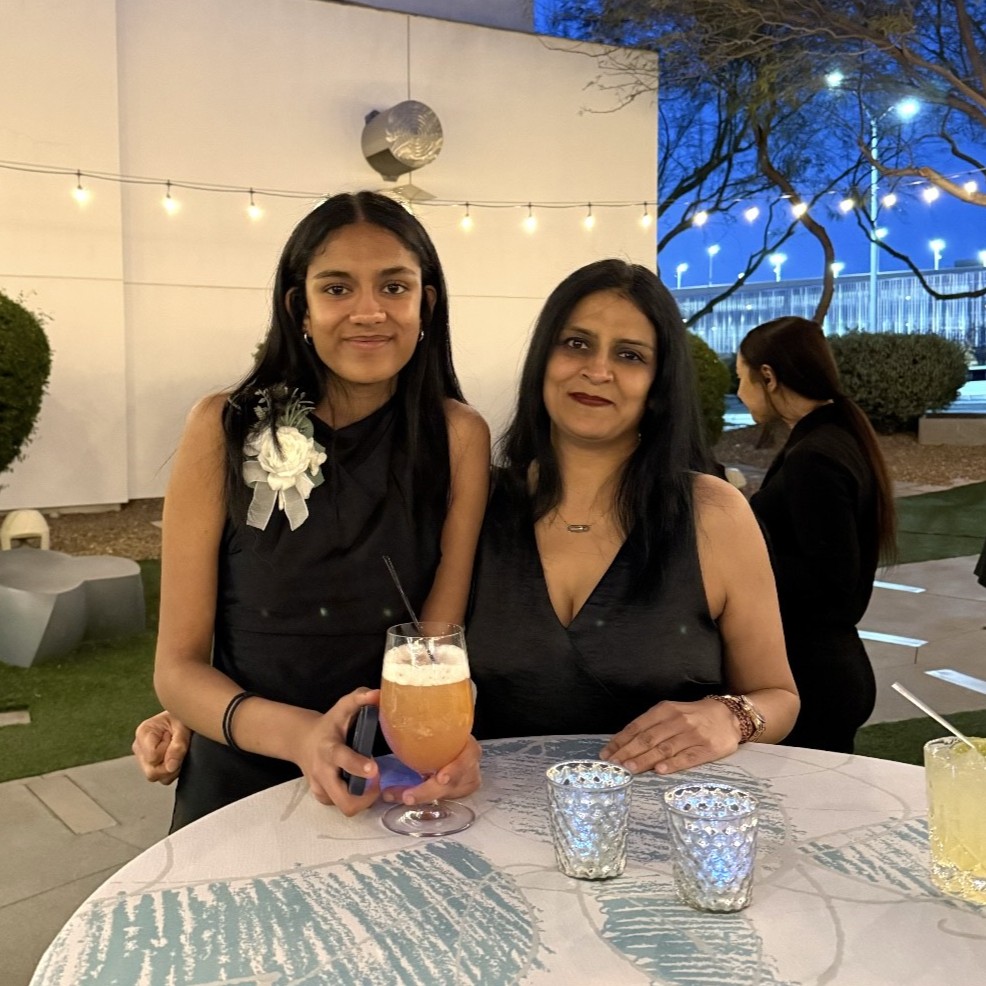When your child is diagnosed with something you’ve never even heard of, the world suddenly becomes a very confusing and frightening place. That was my world the day we were told our little Diya, just four years old at the time, had idiopathic scoliosis. I had never known anyone with scoliosis before. In our Indian community, this was unheard of. I remember looking around at family gatherings, at the children playing, and feeling this invisible wall grow between us. No one could quite understand what we were going through, and sometimes, I didn’t have the words to explain it. I just knew I felt scared, confused, and very, very alone. From that moment on, scoliosis became a part of our family’s life. Every six months, we went to appointments holding our breath, waiting for the doctor to tell us whether the curve had changed. I would come with my little notebook, filled with questions, because I needed to feel like I had some control in a situation that felt completely out of my hands. I would pray quietly on the way there and cry quietly on the way back. Sometimes out of relief, sometimes out of fear.
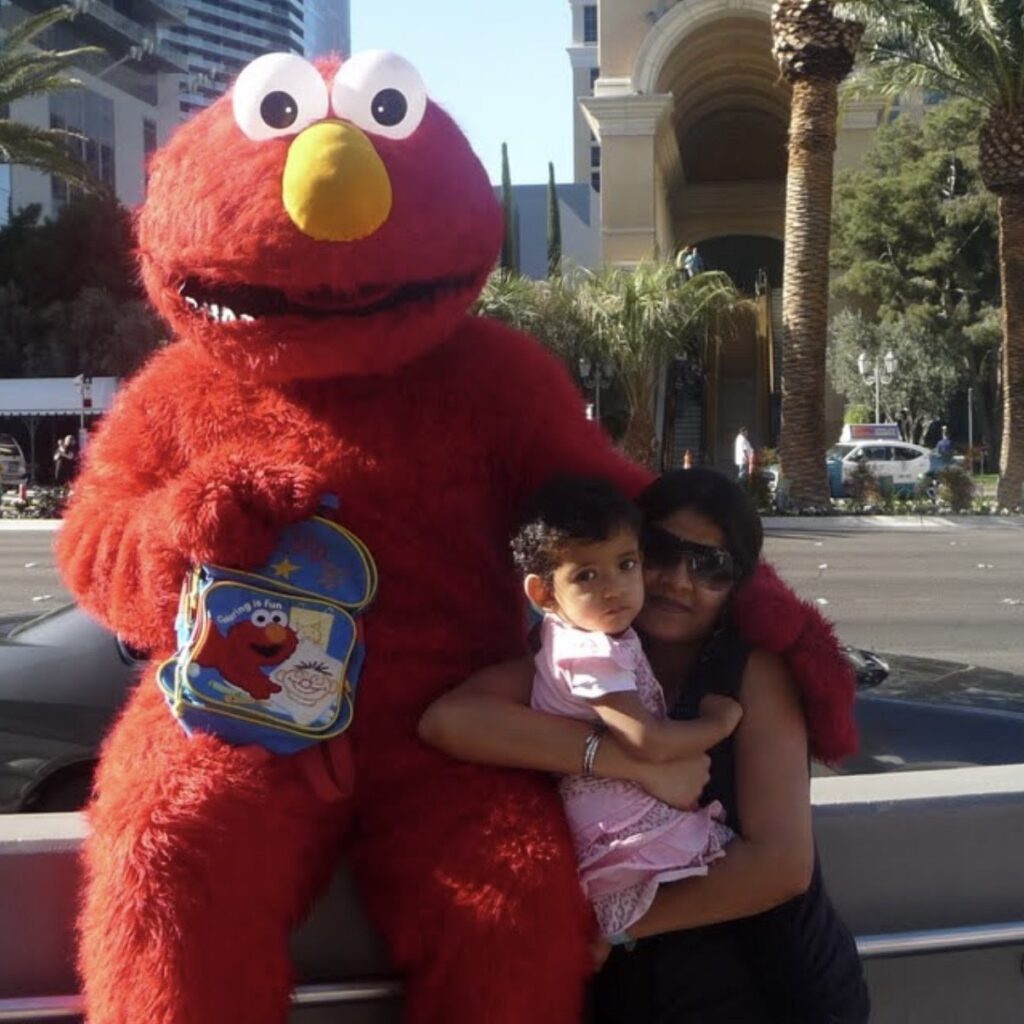
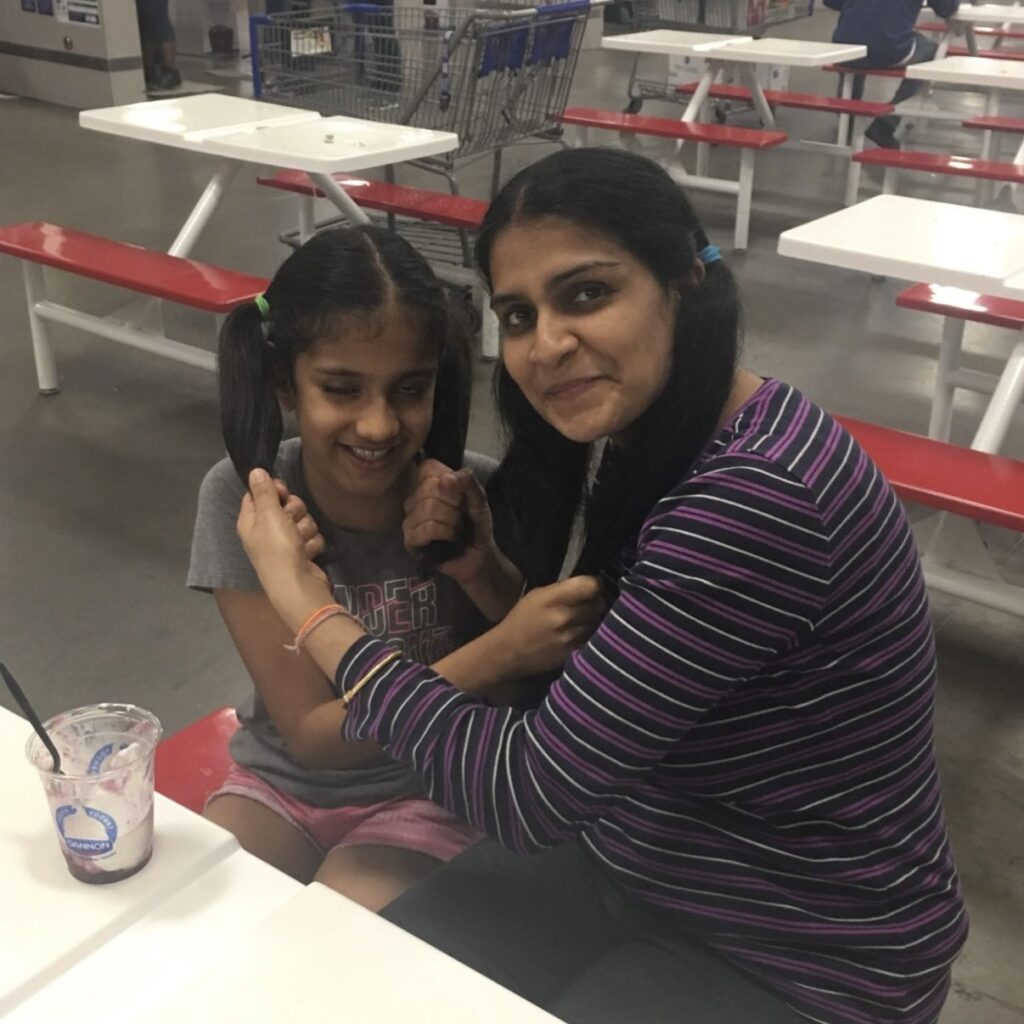
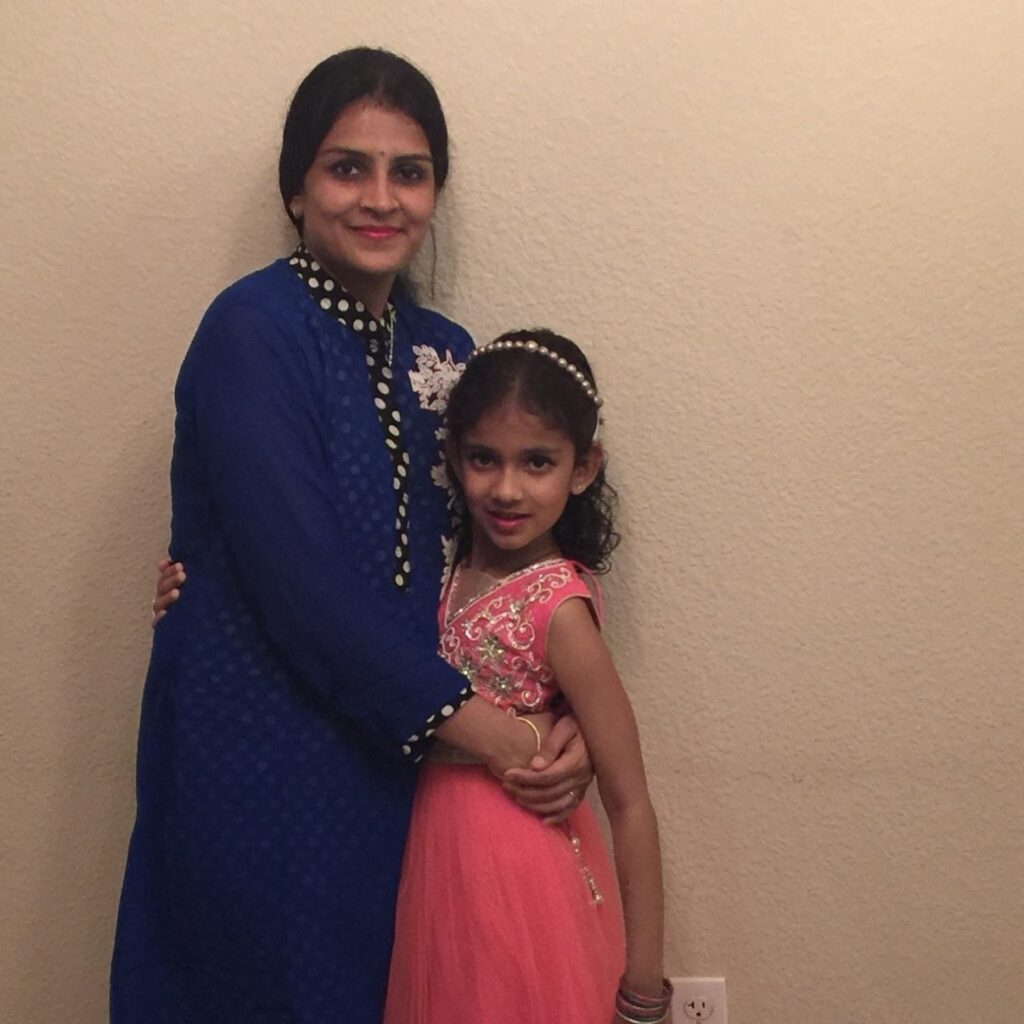
When COVID hit, and we missed that one crucial appointment, I felt this heavy guilt settle on my chest. I thought, What if I had pushed more? What if we had gone sooner? And when we finally returned and found that Diya’s curve had worsened, my heart broke. The fear of surgery became very real. As a mother, you try everything to avoid seeing your child in pain. We drove for hours to see a chiropractor, waking up before dawn, hoping against hope that this would change the outcome. It didn’t. Next came back bracing. Diya wore it for 20 hours a day. I watched her struggle, physically and emotionally. Things like how her clothes fit differently, her school life was affected, and how she had to adapt to discomfort day in and day out. Still, she never gave up. She faced it all with a quiet strength that amazed me. She is stronger than I’ll ever be. When the doctor told us surgery was the only path forward, I felt like the floor was pulled out from under me.
I remember hugging the surgeon before they took her in, trying to be brave for Diya but shaking inside. I cried the entire time she was in surgery, but I also prayed, so hard. Every mantra, every prayer I knew, I said it that day. I prayed not just for the surgery to go well but for strength, for Diya, for me, for our whole family. Watching her recover after surgery was one of the most painful and beautiful things I’ve experienced. She was in pain, yes, but she was also so strong. Braver than I ever could have imagined. And while she fought her physical battles, I fought my emotional ones, learning how to be the support she needed without letting my fear overwhelm her. Now, almost two years later, when I see her moving freely, living fully, and embracing her scar, I feel this overwhelming sense of gratitude. We did it. She did it. To any other mother reading this, where talking about these things can feel isolating, please know that you’re not alone. It’s okay to cry, to question, to pray a thousand prayers in a day. It’s okay to be emotional. It just means you love deeply. And your child will feel that love every step of the way.
